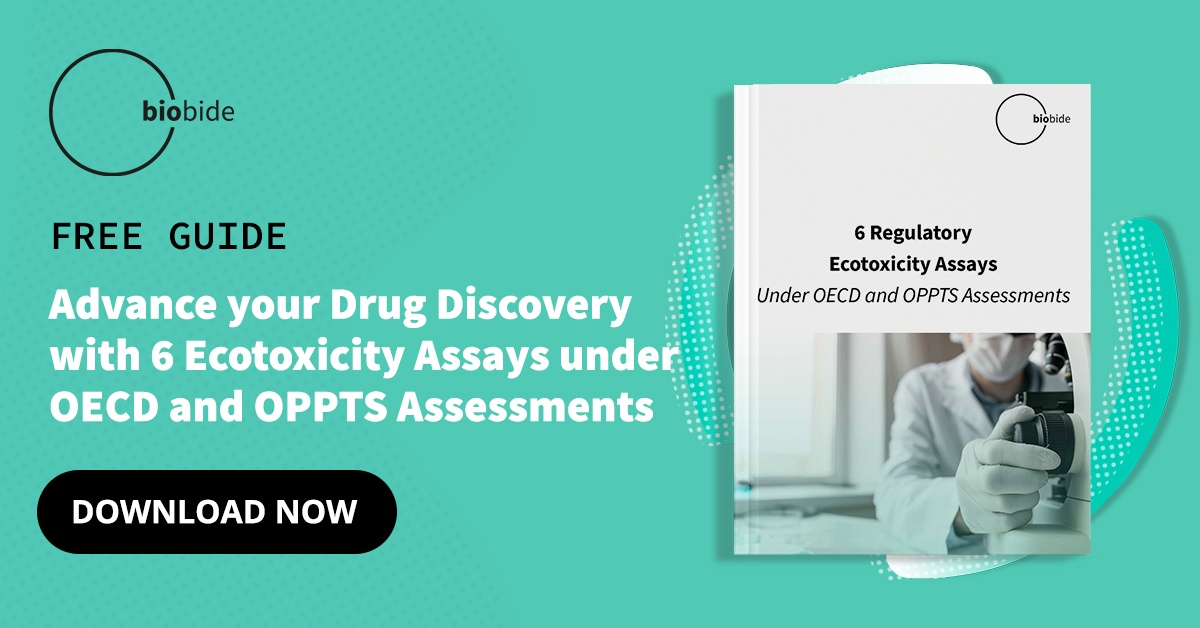Algae are unicellular or multicellular photosynthetic and eukaryotic organisms that grow in fresh and salt water. They are an informal group of living organisms that are mainly classified in Plantae and Chromista (photosynthetic protista) kingdoms, and exclude Cyanobacteria, which group the photosynthetic unicellular prokaryotes. Many algae are unicellular organisms, while the most complex and known ones are large multicellular organisms known as seaweed, the precursors of embryonic plants (land plants). Unlike embryonic plants (land plants), algae do not present many of the distinct cell and tissue types like stomata, xylem and phloem that are found in land plants.
In addition to being an essential contributor to oxygen-dependent organisms, producing approximately 50% of the oxygen in the atmosphere of the Earth, the alga is also a valuable model for the evaluation of environmental toxicity.
This article looks at the role of this environmental model in the toxicity testing of water.

What is an Environmental Toxicity Model?
Environmental toxicity can be tested using different model organisms, including alga, Caenorhabditis elegans, and other aquatic models such as zebrafish or daphnia. that can assess the harmful effects of certain chemicals, biological and physical agents on the ecosystem. This is essential to test the impact the by-products of human processes such as industry and agriculture have on living organisms.
Industrial and agricultural waste, sewage, and other harmful substances can all enter the ecosystem and cause water pollution, usually, these contaminants are toxic metals, a variety of chemicals produced by industrial activities, and pesticides used in agriculture. This can harm not only the water we drink and swim in but also cause damage to all the ecosystem, as chemicals present in contaminated aquifers and seas enter the land and aquatic food chains affecting all living organisms. Moreover, some pollutants can concentrate as they move up in the food chain reaching toxic concentrations in top predators such as humans.
Therefore, to manage this problem, many countries set regulatory standards and guidelines for water quality, both for drinking water and water that has been used, known as wastewater. Under these regulations water must be treated so it is fit for human health, not just for drinking but also for general domestic use and environmental safety.
According to this regulatory effort, to establish the minimum quality levels of wastewater for controlling the negative impact on the ecosystem, International standards tests have been determined and validated by the OECD (Organization for Economic Co-operation and Development), working with governments and policymakers to enhance environmental, social, and economic standards internationally. An example of these tests is the Freshwater Algae Growth Inhibition Test, OECD 201.
However, while these standards exist in first-world countries such as Europe and the US, the cost of meeting these standards is prohibitive in many third-world countries. Unfortunately, in these countries, people often do not have even access to fresh drinking water. according to the World Health Organization (WHO), at least 2 billion people obtain their drinking water from a contaminated source.
In sum, the development of environmental toxicity models, such as using alga or daphnia, is crucial for understanding the damage that pollution causes to ecosystems and securing the future of global water supplies, improving public health, and protecting the environment by reduction of contamination.
Alga is a suitable model for aquatic toxicity testing due to its capital role as a primary producer in aquatic ecosystems and the atmosphere oxygenation. In addition, they present several advantages as many algae species are unicellular organisms that are easy to cultivate and reproduce effectively and their growth rate can be indirectly measured by cell count, fluorescent measurement, or optical density. Based on these features, algae-based toxicity testing assays are carried out by measuring the rate of growth of the alga once it is exposed to a harmful substance. Scientists can gauge how a chemical is absorbed by the alga, and if the cells' growth is inhibited, or change in comparison to how they grow in a chemical-free environment. This testing method is one of the most relevant and agreed methods included in the OECD guidelines for the testing of chemicals (Test NO. 201, Freshwater Algae Growth Inhibition Test) and is carried out on species of green microalgae. a
The results of these assays provide valuable information to assess whether a chemical will have a long-term effect on the aquatic environment and whether it meets environmental quality regulations. In addition, testing different pollutant concentrations allow the classification of chemicals according to their levels of toxicity which is a way to identify the harmful effect and their toxicity potential. Moreover, it is also possible to adapt algae species for toxicology assays, making this a cost-effective testing solution.
In conclusion, alga become a powerful model for assessing environmental toxicology and for the control of water quality. Standardized Freshwater Algae Growth Inhibition Test provides an easy, fast to perform and cost-effective method for the control of water pollution that is of capital relevance in the preservation of the environment, and ecosystems and to secure access to high-quality drinking water.
Source
- https://www.livescience.com/54979-what-are-algae.html
- https://www.frontiersin.org/articles/10.3389/fmars.2019.00488/full
- https://www.oecd.org/https://www.oecd-ilibrary.org/environment/test-no-201-alga-growth-inhibition-test_9789264069923-en
- John J, et al, 10 - Perspectives on zebrafish as a model in environmental toxicology. 2010





